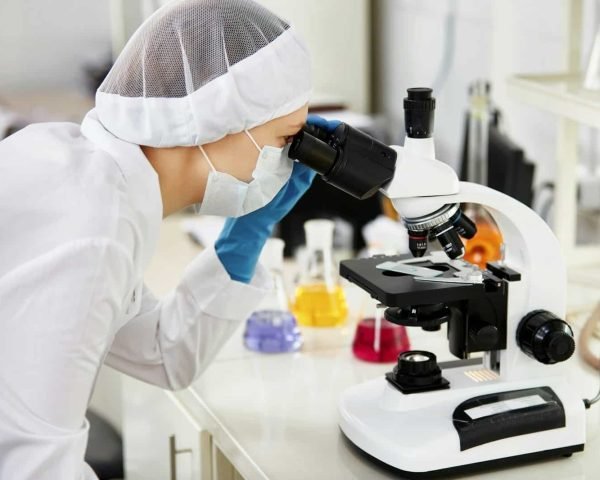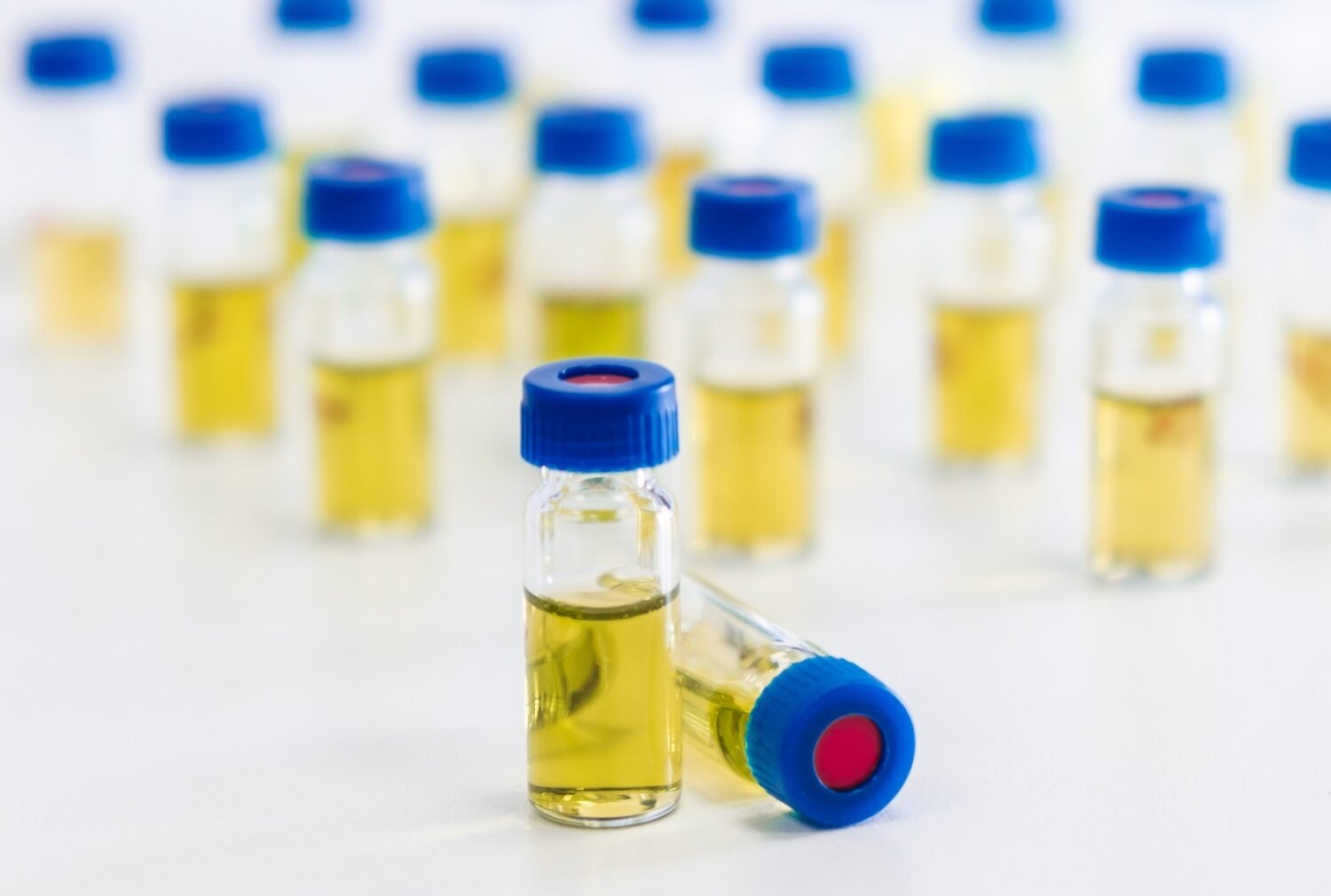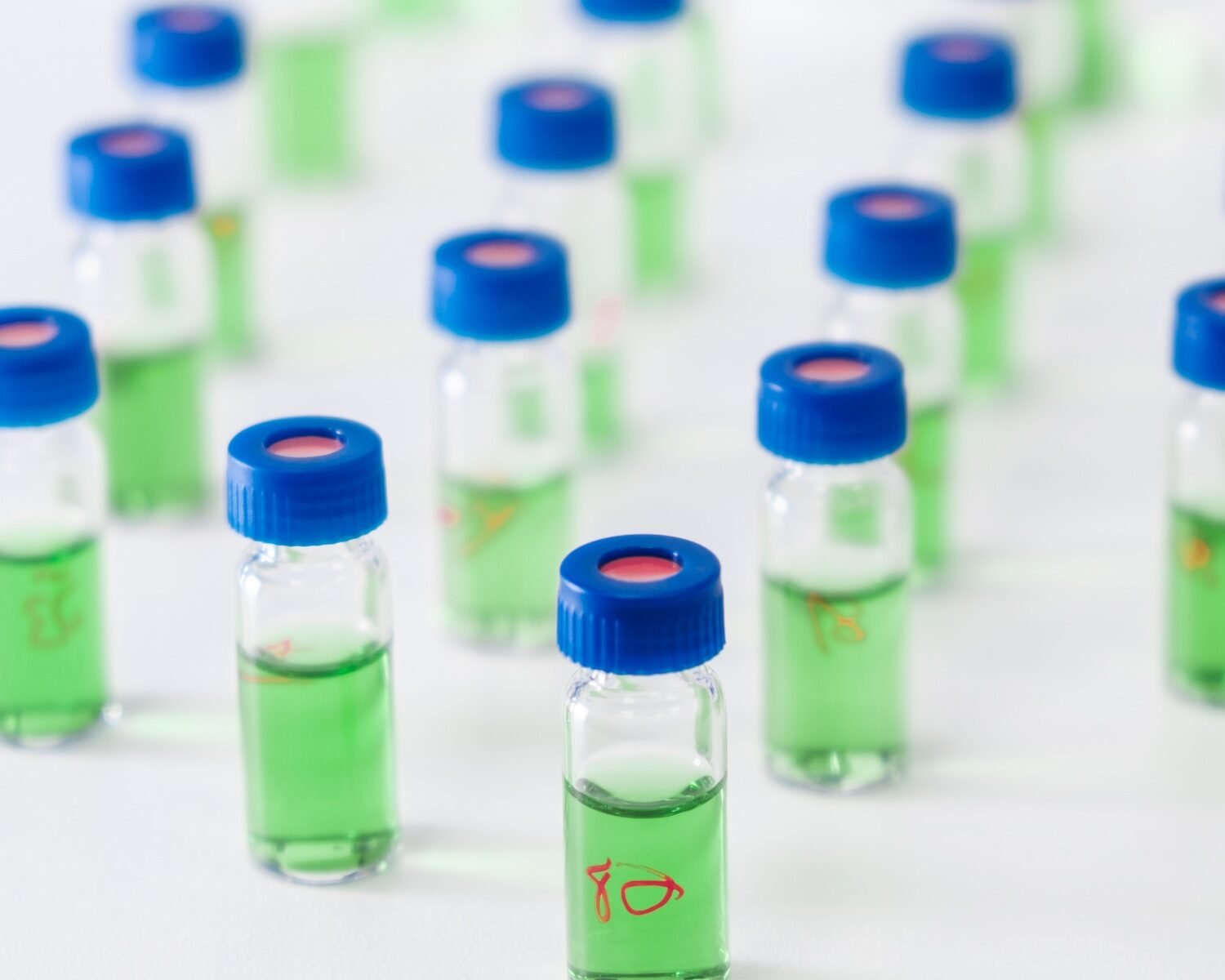Ever wondered how forensic scientists can identify drugs, poisons, or even the exact cause of a fire just by analyzing tiny samples? One of the unsung heroes in forensic science is gas chromatography (GC). It’s not just a fancy lab technique—it’s a game-changer when it comes to solving crimes. Let’s dive into how gas chromatography plays a pivotal role in forensic investigations, why it’s trusted, and how it might just be the tool you need in your lab.
What is Gas Chromatography?
Gas chromatography is one of the most reliable methods used to analyze and separate chemical substances in a mixture. It’s like a super-sleuth for chemical identification. Here’s how it works: a sample is injected into the chromatograph, where it is vaporized and passed through a column with a stationary phase (typically a solid or liquid) while a gas acts as the mobile phase. The different components of the mixture separate as they travel through the column, and detectors help identify and quantify them based on how long they take to pass through.
You might be asking, “Why is this important for forensics?” Well, in the world of crime scene analysis, identifying minute traces of substances is crucial. Whether it’s blood samples, fire debris, or even a suspect’s clothing, GC can tell you exactly what’s there. Curious? Let’s dig into the specifics of how GC is used in forensic investigations.
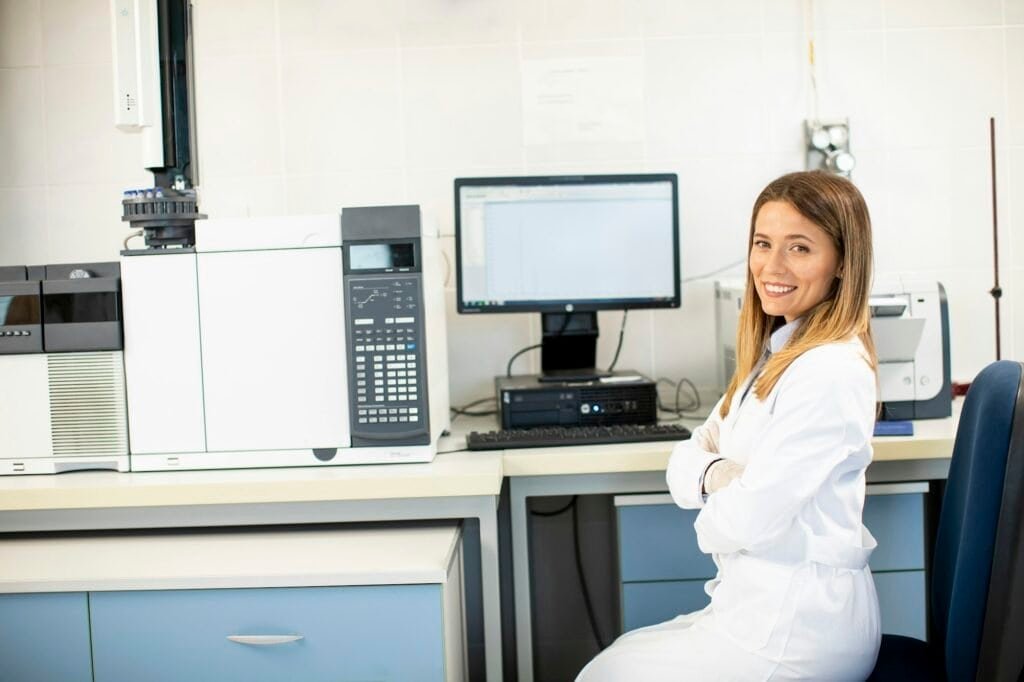
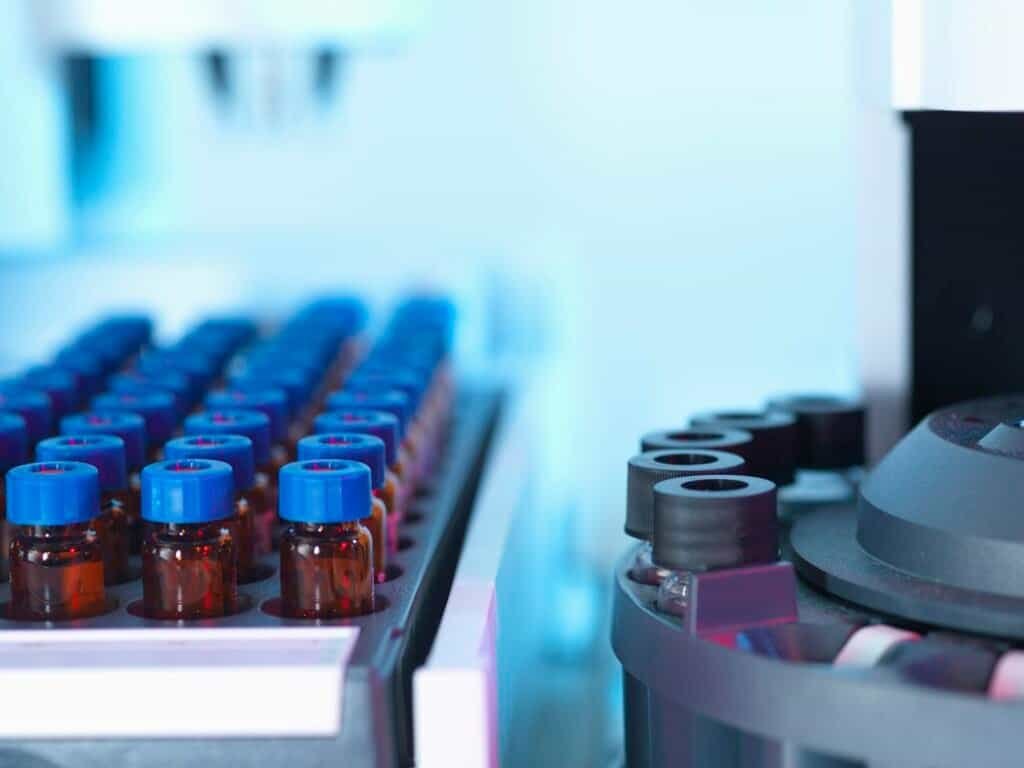
The Role of Gas Chromatography in Forensics
Gas chromatography is a staple in forensic science because of its ability to separate complex mixtures with high precision. Here’s how it aids forensic experts in solving some of the most challenging criminal cases.
1. Drug Analysis and Toxicology:
One of the most common forensic applications of gas chromatography is in the detection and quantification of drugs in biological samples. Whether it’s blood, urine, or hair samples, GC is used to detect substances like cocaine, heroin, or prescription drugs.
For instance, when a suspect is believed to be intoxicated or under the influence of drugs at the time of a crime, GC is used to measure the exact concentration of these substances in their system. In fact, GC is often coupled with mass spectrometry (GC-MS) to not only identify the substance but also confirm its structure. This is crucial because as forensic experts, you can’t afford to make mistakes—every piece of evidence needs to be rock-solid.
Do you think drug analysis with GC is as simple as detecting the presence of a substance? Well, there’s a lot more to it. Gas chromatography helps determine the concentration levels of specific drugs or toxins, which can be vital when trying to establish cause of death or intent in criminal cases.
2. Arson Investigation:
Ever seen a crime show where the investigators are trying to figure out if a fire was set intentionally? Gas chromatography plays a key role here, too. Arson investigators use GC to detect accelerants (such as gasoline, kerosene, or other flammable liquids) in the debris left behind after a fire.
By analyzing the volatile compounds present in the remnants, forensic experts can determine the presence of accelerants, which can point to arson. Without gas chromatography, it would be nearly impossible to differentiate between accidental fires and deliberately set ones.
What do you think—how much of an impact does this have on solving cases of arson? I believe it’s massive, as it can make or break the case for investigators.
3. Postmortem Toxicology:
In forensic pathology, determining the cause of death often involves postmortem toxicology, where blood, urine, or other biological samples are analyzed for toxic substances or poisons. Gas chromatography is especially effective here, as it can detect and separate a variety of toxic substances, even in minute quantities.
Whether it’s alcohol poisoning or detecting poisons like cyanide or ricin, GC allows forensic toxicologists to identify the cause of death with great accuracy. In fact, the ability to identify the presence of a specific toxin could lead to the conviction or exoneration of a suspect. So, do you think GC is indispensable in these situations? I’d say it is—without it, how could anyone make such precise conclusions?
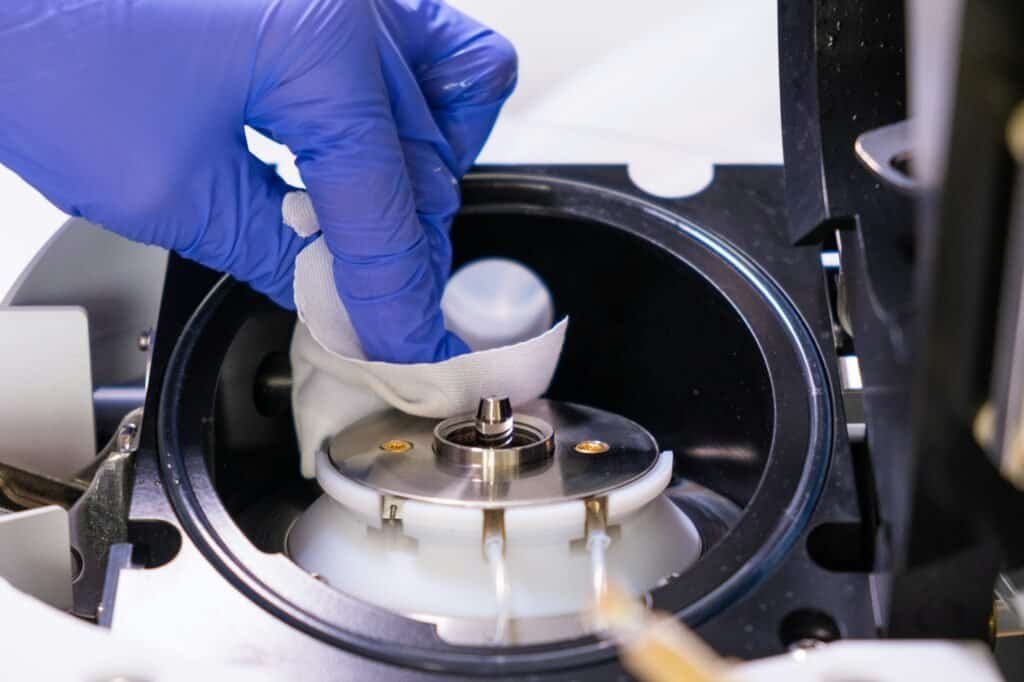
GC and Mass Spectrometry: A Powerful Duo
While gas chromatography does an excellent job of separating components, it doesn’t always provide enough detail on what those components are. That’s where mass spectrometry (MS) comes in. The combination of GC and MS (GC-MS) is a powerhouse in forensic analysis.
Mass spectrometry works by breaking down molecules into charged particles and measuring their mass-to-charge ratio. When GC is used in conjunction with MS, forensic scientists not only separate the components of a sample but also identify the exact molecular structure of each substance. This is incredibly important when working with substances that are complex or unknown, as in cases involving new drugs or novel poisons.
The marriage of GC and MS makes forensic analysis more reliable and accurate. In cases where you need to know both the identity and quantity of substances, GC-MS becomes indispensable. Does this combined approach sound like the gold standard of forensic analysis? Absolutely.
Advantages of Gas Chromatography in Forensics
There are many reasons why GC is so popular in forensic labs, but here are a few standout advantages:
- Precision and Sensitivity: GC can detect even trace amounts of substances, which is essential when dealing with small samples like hair or fibers.
- Versatility: Whether it’s toxicology, drug analysis, or arson investigation, GC adapts to a wide range of forensic applications.
- Speed: The process can be relatively fast, allowing forensic teams to get results quicker, which is crucial in time-sensitive investigations.
- Reliability: With its established history and proven track record, GC is a go-to method for forensic analysis.
What do you think? These advantages make GC a pretty reliable tool, don’t they?

Conclusion: The Future of GC in Forensics
Gas chromatography has undoubtedly revolutionized forensic science, providing accurate, reliable, and fast analysis of a wide range of substances. As forensic labs continue to push the boundaries of scientific inquiry, the role of GC will only become more critical. It’s not just a tool for solving crimes—it’s a lifeline for justice, helping investigators gather the irrefutable evidence needed to build strong cases.
So, are you ready to see how gas chromatography can enhance your forensic work? Whether you’re a lab technician, a criminal investigator, or someone interested in forensic science, understanding the applications and benefits of GC can only help you. Don’t you agree that having this knowledge is vital in the pursuit of justice?
This article has explored the immense value of gas chromatography in forensic science, making it clear why it’s a cornerstone of crime labs everywhere. If you’re interested in applying this technology in your forensic work, don’t hesitate to reach out for more insights!

